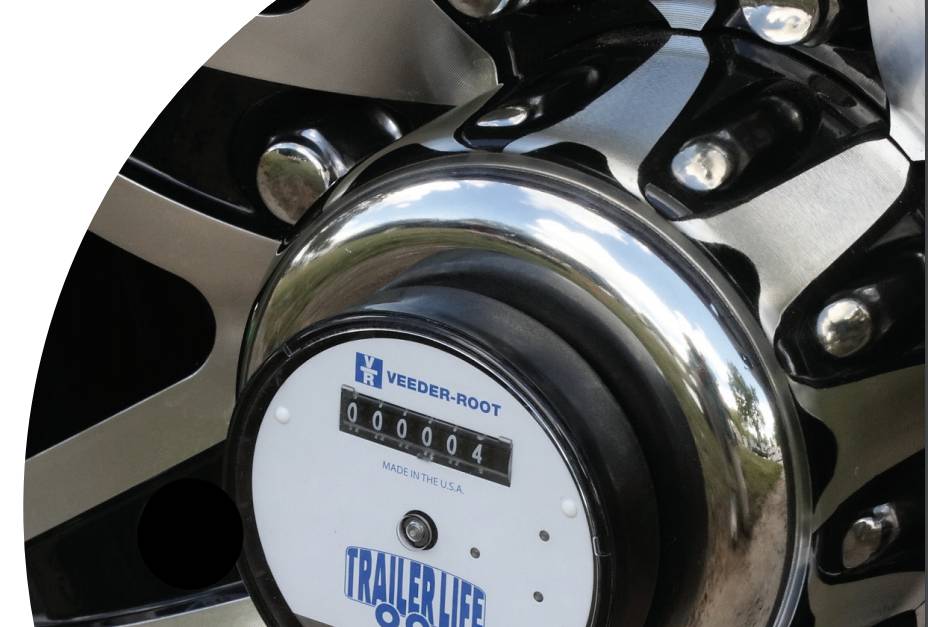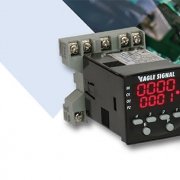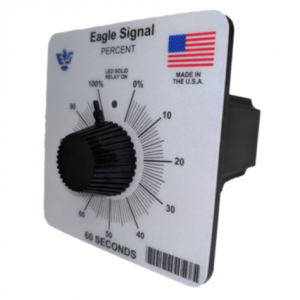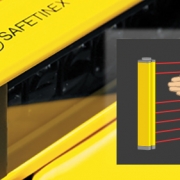
Here’s how …
Trailer maintenance can become like vehicle maintenance
When your truck is due for an oil change, the service center is going to rotate your tire, and you know it’s time because you glance at your odometer. You don’t worry about how many times you’ve used the truck. You don’t search for the paperwork with your last oil change date.
So, when was the last time you rotated your trailer tires? How long has it been since you repacked bearings? Are there any other systems you should be checking?
How soon should your trailer customer come back in for maintenance?
Most trailer tire manufacturers recommend a 5000-mile tire rotation. Easy! With the Trailer Life Meter. And that’s a great time to do a full inspection, too.
A sound investment in growing the dealer’s Service department
Trailer dealers are building a competitive edge by investing in their Service business. Dedicated space, tools, experienced technicians, training, and certifications. So what happens when you aren’t fully utilizing that capability? When customers just aren’t coming in for service?
When creating a maintenance schedule, put a mile-based service interval for each service your dealership provides. Compare it to your fee schedule. Now you can start counting how much your service business might increase if you sell trailers equipped with the Trailer Life Meter!
No hassle, easy-to-use device – mounted once, then brings them back

It’s an always present, visible reminder of when that next trip to the dealer should be.
Mileage-based preventive maintenance
A small investment in the Trailer Life Meter will bring in lots of customers again and again. To learn more about how the Trailer Life Meter can help bolster your service business, ask about our Dealer Guide today!






 TECHNICAL DATA
TECHNICAL DATA




